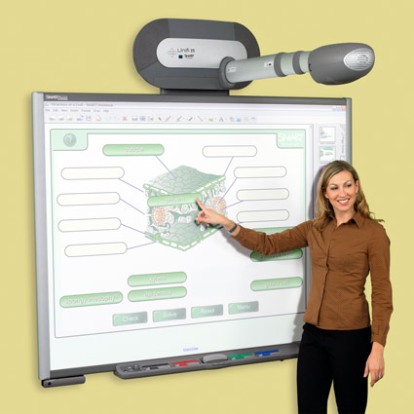The core of constructivism is that learners actively construct their own knowledge and meaning from their experiences. Social constructivism emphasises the role of social and cultural factors in shaping learning (Duchesne, 2010, p. 213), also drawing heavily on Vygotsky’s belief that social processes are integral to education. This approach rejects the view that the locus of knowledge lies within the individual. Rather, the social constructivist view is that social interaction shapes cognitive development and is an essential component of the learning process (Cobb & Yackel, 1996; Prawat, 1996).
The four key principles of constructivism are:
1. Learners are active participants in learning
2. Learners are self-regulated
3. Social interaction is necessary for effective learning
4. Learners’ knowledge may be relative, since learners construct their own meaning, which depends on individual factors such as prior knowledge and sociocultural context.
The entrance of Web 2.0 marked the democratization of the internet, as users were not only able to read information, they were able to write, and the content could be modified. The Web became a highly interactive environment and in turn this has transformed learning and how we teach today.
For a teacher to take a constructivist approach it is important to assist the learners in developing new insights and connecting them with their previous learning. The activities created should be learner centred and learners should be encouraged to ask their own questions, carry out their own experiments, make their own analogies and come to their own conclusions. With ever growing access to the internet, information, ideas and learning have globalised and created a social sphere online and continue to constantly improve and update due to the constructivist nature of Web 2.0 and its worldwide community. Never the less, although I agree with the concept of constructivism and its place within the classroom, I do believe that objectivism must still be considered in students learning content. Both objective and constructive ways of learning should be implemented within the classroom to maximise learning.
References:
Duchesne, S. (2010). Educational Psychology For Learning and Teaching (4th ed.). Australia: Cengage Learning Australia Pty Limited.
Cobb, P., & Yackel, E. (1996). Constructivist, emergent, and sociocultural perspectives in the context on developmental research. Educational Psychologist, 31 (3-4), 175-190


